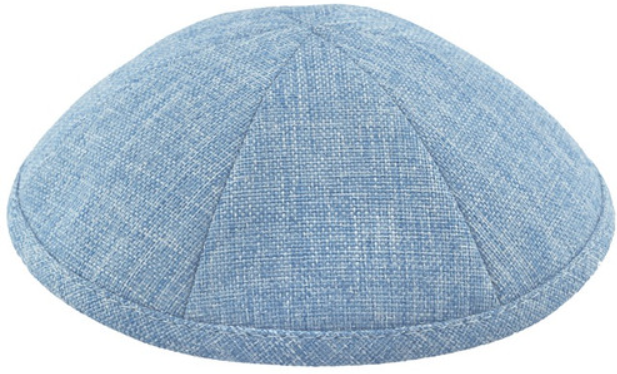For centuries, the kippah — a small, rounded skullcap — has been an enduring symbol of Jewish faith, humility, and community. Worn during prayer, religious ceremonies, and often in everyday life, it serves as a reminder of the presence of the Divine and one’s place in the spiritual universe. But today, the humble kippah is undergoing a quiet revolution. No longer just a traditional head covering, it has evolved into a canvas for self-expression, artistry, and cultural pride. In this transformation, the rise of the custom kippah is turning heads — literally and figuratively.
The concept of personalization has deeply permeated the Judaica space. Whether it’s embroidered tallit bags, hand-painted mezuzahs, or artisanal challah boards, the desire to infuse personal meaning into ritual items has never been stronger. And the kippah, so central to Jewish visibility, is no exception. From bar mitzvahs and weddings to corporate events and community celebrations, customized kippahs are becoming powerful symbols of identity, values, and creativity.
There’s something profoundly intimate about designing a piece of Judaica that will sit directly atop one’s head — a place of spiritual symbolism and cultural resonance. Materials range from classic velvet and satin to suede, denim, and even eco-friendly fabrics. The color palette is virtually limitless, with options to match event themes, family heritage, or even a favorite sports team. Names, dates, Hebrew inscriptions, or symbols like the Star of David or the Tree of Life are frequently added, blending personal memory with spiritual tradition.
This shift toward customization is more than a modern aesthetic trend. It reflects a broader cultural shift within Jewish communities, especially among younger generations seeking to connect tradition with individuality. It’s not uncommon today to see a teen wearing a kippah emblazoned with a musical note, a peace sign, or even subtle political messaging — all without compromising religious intent. These details add layers of meaning, transforming a simple accessory into a rich narrative of belief and belonging.
Equally fascinating is how this customization movement intersects with the global Judaica market. Online platforms such as Judaica have made it easier than ever to browse and create bespoke ritual items with just a few clicks. These platforms cater not just to individuals, but to schools, synagogues, and organizations that want to unify participants under a shared visual identity. With bulk options, guided design tools, and global shipping, they’re making personalization accessible at any scale.
Beyond functionality and aesthetics, there’s a deep emotional current that runs through the process of creating a custom kippah. It can commemorate a loved one, celebrate a new beginning, or simply reflect the wearer’s journey within Jewish life. Some families even pass down custom designs through generations, turning a once-temporary accessory into a treasured heirloom.
Today, with so many styles, materials, and motifs available, finding a meaningful design has never been easier. Whether you’re preparing for a bar mitzvah, a wedding, or simply want a personal expression of faith, creating a design that resonates deeply is now accessible to everyone. Thanks to curated online collections like the custom kippah line offered by leading Judaica retailers, it’s possible to craft something that feels uniquely yours while honoring centuries-old tradition.
So whether you’re preparing for a simcha, planning a meaningful gift, or simply want to bring a touch of personal flair to your daily observance, remember this: what you wear on your head can also come straight from the heart.













